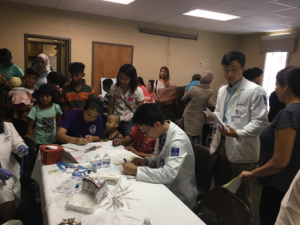Flu season is upon us! It usually ranges from the winter into early spring. It’s important that you get your flu shot, especially if you or a family member has a chronic disease such as hepatitis B.
The Centers for Disease Control and Prevention (CDC) recommends that everyone 6 months of age and older get the flu vaccine every year. Flu viruses change constantly from season to season and can even mutate during a single flu season. It takes 2 weeks for antibodies to develop, so get your flu shot today!
There are some people who cannot get the flu shot, including certain age groups, those with health complications, and those with allergies. However, there are still ways people can protect against getting sick. Be sure to wash your hands to prevent the spread of germs. If you feel you are sick, stay home from work or school.
While we all know antiviral drugs are effective against the hepatitis B virus, researchers have also developed antivirals that can help us fight the flu once it is confirmed someone are infected. People at high risk of serious flu complications (such as children younger than 2 years, adults 65 and older, pregnant women, and people with chronic hepatitis B) and people who simply get very sick with the flu should talk to their doctor about getting one of three available flu antiviral drugs–oseltamivir, zanamivir, or peramivir.
According to CDC, prompt treatment with a flu antiviral can mean the difference between having a mild case versus a very serious one that can potentially land you in the hospital.
Treatment with antivirals works best when begun within 48 hours of getting sick, but can still help if administered later during your illness. Antivirals are effective in all age and risk groups. Studies show some doctors do not prescribe antiviral drugs to people at high risk of complications from the flu, so be assertive and ask your doctor for them if you have the flu!
It’s time to get your flu shot! It will help you, your family, and friends get protected against the flu. To find out where you can get a flu shot, click here.
For more information about hepatitis B and the flu vaccine, check out our previous posts on the flu here, here, and here.


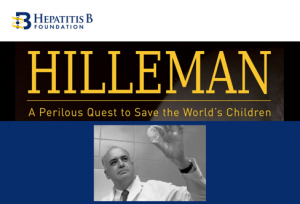
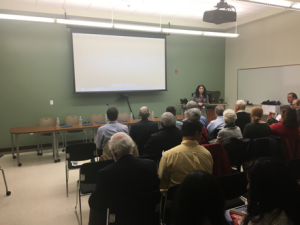
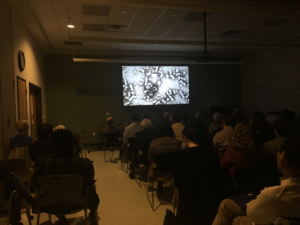





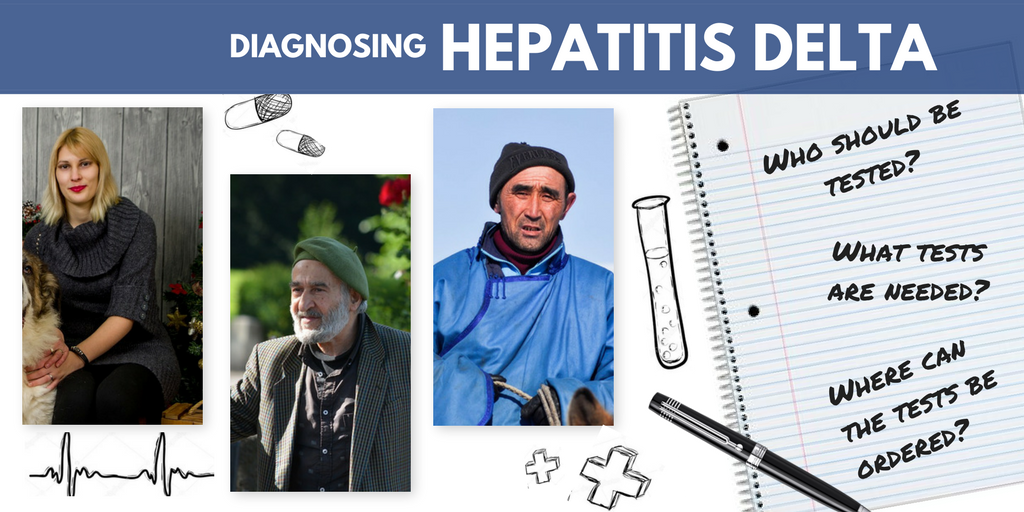

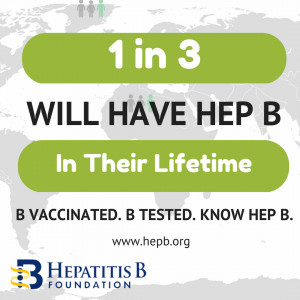 While
While 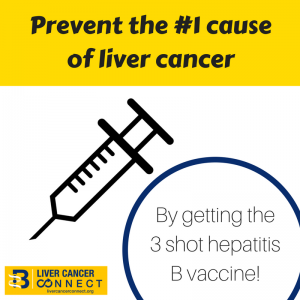 For more information on hepatitis B vaccine in babies or children, consult the “
For more information on hepatitis B vaccine in babies or children, consult the “
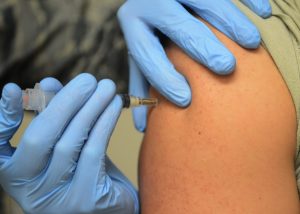 The
The 